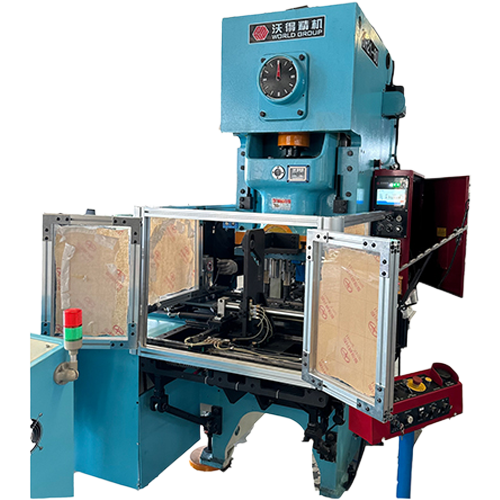About the application of sealing machines and various types of sealing machines
The can sealing machine can seal a variety of cans, including tinplate cans, aluminum cans, paper cans or plastic cans. It can automatically hold the can, automatically remove the lid, and automatically seal the can, reducing manual operations.
The can sealing machine has the characteristics of stable operation, wide sealing range, easy operation and convenient adjustment. Key components are processed using high-precision equipment to improve processing accuracy to ensure the stability of the entire machine. Suitable for large, medium and small beverage factories, cola factories, tea factories, food factories, kimchi factories, canning factories, canning factories, chemical factories, pharmaceutical factories and health product factories.
The can sealing machine can operate independently or cooperate with the conveyor line to realize assembly line production. It not only improves production capacity and filling efficiency, but also expands application scenarios ——from manual operation to semi-automatic, from semi-automatic production to fully automatic production, and efficiently completes the filling and canning operations of various beverages. As a generation product that replaces manual operation and semi-automatic production in the contemporary beverage equipment industry, it can be regarded as an ideal equipment for large beverage factories and food industries.
Automatic can sealing machine is an essential equipment for metal can processing. It is mainly used for rolling sealing of round cans and special-shaped cans with the can body and can bottom (can lid) to ensure that the seal is leak-free.
This machine is suitable for the production of metal packaging cans in the food, medicine, chemical, seed and other industries, and is especially suitable for the capping operation of special-shaped gasoline barrels. The equipment automatically completes the hemming process throughout the process. The operator only needs to load and unload the workpiece and step on the pedal once per tank. The tank remains stationary during the crimping process and is safe to use. Easy operation and low noise.
The new rotary automatic capping machine is a device for automatic capping of glass jars. It has an electromagnetic friction clutch installed on the sleeve, which automatically adjusts the tightening force through the control circuit, and the capping head shaft can automatically rise and fall to clamp or loosen the bottle cap. In addition to accurately controlling the bottle cap sealing torque, the panel-mounted torque meter can also be used to grasp the changes in the sealing state in real time, overcoming the defect that ordinary capping machines cannot monitor the sealing process in real time, and solving the problems of conventional equipment such as difficult to control the sealing torque, cumbersome debugging, and low qualification rate.
Due to the low production capacity of tank sealing machines, they cannot adapt to the actual production needs of large and medium-sized milk powder plants. In combination with actual conditions, a comprehensive comparison of foreign multi-station can sealers was conducted. On the basis of absorption, improvement and perfection, a generation of domestic linear four-station automatic vacuuming, nitrogen filling and can sealing machines was successfully developed, filling the gap in domestic medium-speed milk powder can sealers.
The four-station automatic vacuuming, nitrogen filling and can sealing machine also has the characteristics of beautiful appearance, compact structure, good synchronization, stable operation, stable vacuum degree and nitrogen filling value, high degree of automation, and complete operating system. The main working parameters can be operated through the touch screen, and the entire production process is completed in a closed space, meeting the pollution-free hygiene requirements of food production.
Recommended Products


 EN
EN
 中文简体
中文简体 English
English













